Nail-hole roof leaks
anwinesp
18 years ago
Featured Answer
Sort by:Oldest
Comments (12)
over_n_under
18 years agoRelated Discussions
water leaking from tiny hole in basement wall
Comments (1)Well, you could turn the water back on now that it's not raining and see if the leak starts up again.....See MoreLeaking nail hole in roof
Comments (1)You need to patch it on the roof , not under the roof. Simplest way is to get a tube of roofing cement, lift up the roof tab, put cement over the hole and press the tab back into place. This is harder to do when it's cold. The roof tab is brittle. If you can't raise it up to get the cement where it's needed, you can slide up a piece of aluminum to cover the hole. you can get this an the Borgs(roofing aisle) or the local hardware store. Just cut it so it doesn't stick out from under the roof. you can put a little roof cement on it to keep it in place. Ron...See MorePatching a Roof Vent Hole in the Roof
Comments (2)Wood screws from the inside - length needs to be more than 1/2 inch but less than the plywood plus sheathing. 3/4" would work. One at each corner and a couple in the center will hold it....See MoreCalling roofers - exposed nails on cedar shake roof
Comments (12)Cedar shake roof are great...for about the first two years. Then they start to deteriorate and require lots of maintenance, and then repair. Cedar shake roofs from the 1950's and before lasted a long time because of the quality of the first-growth cedar. Now the shakes come from newer, faster-growing trees that don't have the same rot resistance. I had cedar shake roofing on a house I owned for 30 years, and vowed never again. The roof in your pictures looks like mine did before I started having leaks and needing roof replacement. There are techniques for replacing shakes with concealed nailing, but you can only keep putting bandaids on for so long. Those face-nailed shakes of yours are probably from an incompetent roofer who was replacing rotted out shakes. The tar paper showing through is another telltale sign that the roof is on life support. Plan on replacing it soon, preferably with something requiring less upkeep. The house I have now has steel roofing that I never have to clean and will outlast me....See Moresdello
18 years agosdello
18 years agoanwinesp
18 years agodwightrahl
18 years agoanwinesp
18 years agosdello
18 years agodwightrahl
18 years agoanwinesp
18 years agodwightrahl
18 years agoanwinesp
18 years ago
Related Stories
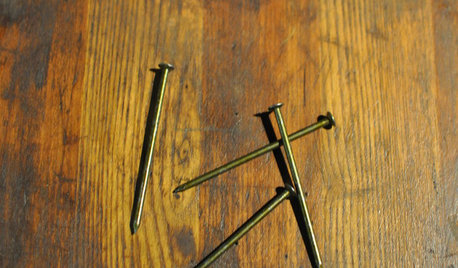
CONTRACTOR TIPSHow to Read a Nail
Learn basic nail types and their uses around the home — plus a historical tidbit you can share to sound like a pro
Full Story
ROOFSWhat to Know Before Selecting Your Home’s Roofing Material
Understanding the various roofing options can help you make an informed choice
Full Story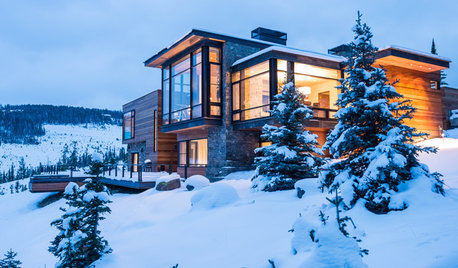
ARCHITECTUREHave Your Flat Roof and Your Snow Too
Laboring under the delusion that flat roofs are leaky, expensive and a pain to maintain? Find out the truth here
Full Story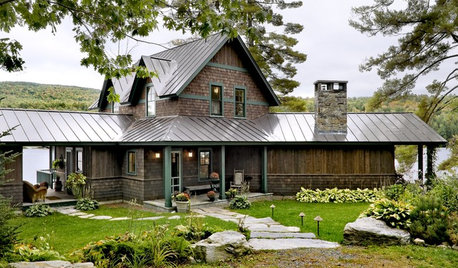
REMODELING GUIDESMaterials: The Advantages of a Metal Roof
Metal reigns in roofing style, maintenance and energy efficiency
Full Story
MATERIALSThe Most Popular Roofing Material is Affordable and Easy to Install
Asphalt shingles, the most widely used roof material in the U.S. are reliable and efficient, and may be right for you
Full Story
REMODELING GUIDESFinish Your Remodel Right: 10 Tasks to Check Off
Nail down these key details to ensure that everything works properly and you’re all set for the future
Full Story
HOUSEKEEPINGLower Your Heating Bills With Some Simple Weather Stripping
Plug the holes in your house this winter to make sure cold air stays where it belongs: outside
Full Story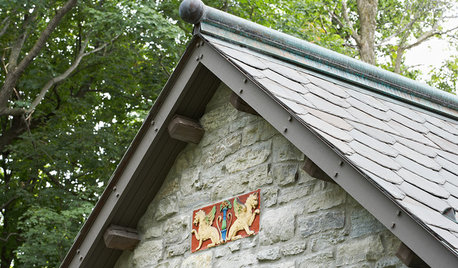
ARCHITECTUREKnow Your House: Learn the Lingo of Rooftops
Knowing the language of rooftop design will help you through your next repair or remodel project
Full Story
BUDGET DECORATINGBudget Decorator: 15 Ways to Update Your Kitchen on a Dime
Give your kitchen a dashing revamp without putting a big hole in your wallet
Full Story
FLOORSHow to Paint Your Hardwood Floors
Know how to apply nail polish? Then you can give your wooden floors a brand-new look
Full Story


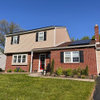


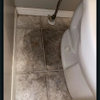
jaansu